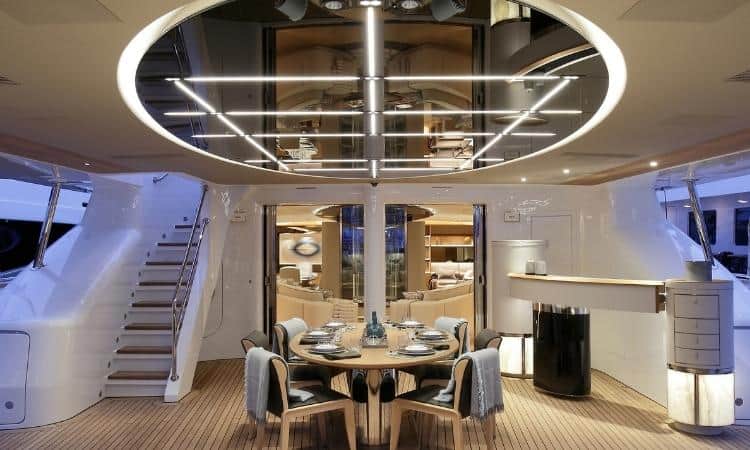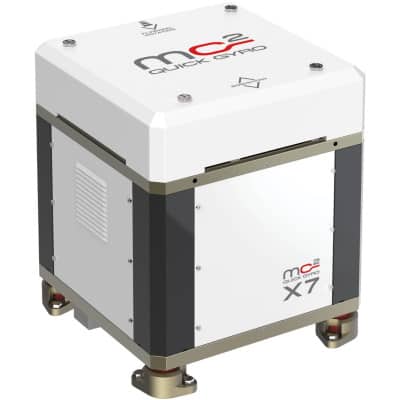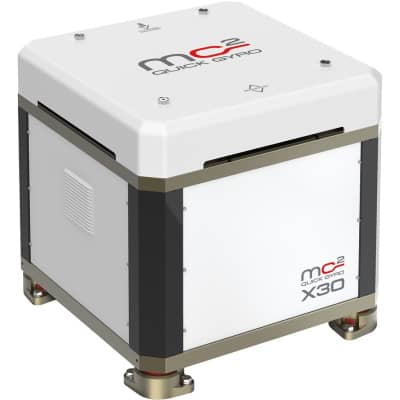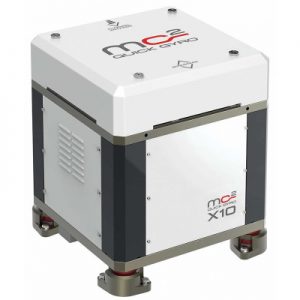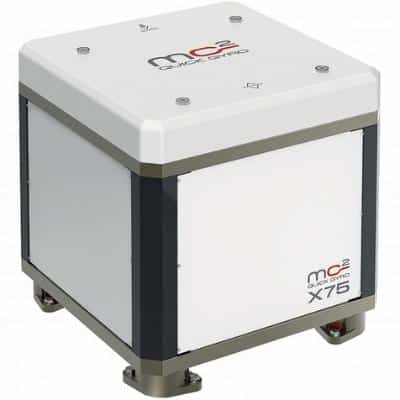
15 Jul Luke Fallon & the Quick Gyro X30
Q&A time with Luke Fallon:
how the Quick Gyro Stabiliser performs in all conditions and at all times on his magnificent O’Brien 65 – the Kekoa.
The Details:
-

- the Kekoa



Q1: Luke, tell us a little bit about why you chose the Quick Gyro?
A1: We went with a Quick Gyro mainly because it was an aftermarket install and space was an issue!
Luckily enough the Quick Gyro fit right in the space that we had, so that was one big plus for us, in-between engines in the engine room. The simpleness of the operation is another contributing factor; but also the fact that it’s air-cooled and not water-cooled is a huge part for us………
Q2: Does adaptive precession mean better performance?
So let’s talk about performance. The Quick Gyro has adaptive performance that gives precession movement. What precession does is it constantly studies the movement of your boat and adjusts the precession angle and the response of the precession so that the boat is stabilized from when you’re fishing in chop and when you’re fishing in big seas. What does that feel like to you when you are driving the boat?
A2: Well, essentially it stops the boat from rocking, and that’s the noticeable difference. There’s a tremendous amount of difference when it’s on vs when it’s off. Essentially, it’s killing the rock of the boat. You do feel a bit of a sensation of the Gyro moving at the extremities when it stops, of course it has to do that, but underway, it’s fantastic; trolling – it’s a big difference. But we also put the Quick Gyro on for anchoring at night-time.
Most of our trips are liveaboard trips out on the reef, and we’re anchored behind the reef at night, so it’s subject to tides and weather. If you get strong winds and big tides, it can still be pretty rollie behind the reef.
PG: Do you ever try seeing what the difference is when you put it in standby mode and disconnect it, and then put it back and reactivate it just to see how much of a difference it is doing in those sea conditions?
LF: yeah, a lot of our clients sometimes ask what’s it like with it off? It’s easy, here you go, I’ll just show you, and I whack it on standby and they are, ‘quick, turn it back on again!’
Q3: Does the Quick Gyro perform when underway?
A3: When I first got it, we mostly just used to turn it on when we got out fishing and started trolling, or turn it on at night-time on the reef when the boat started rocking. But now I pretty much turn it on before I leave the dock, particularly if it’s going to be a little bit rough, because it performs so well while the boat’s underway.
So the Kekoa cruises between 25 to 27 knots and I say down sea, beam on sea, you know at that speed it’s hard to believe that it does work and it is so efficient…….. you’re tracking is so much straighter and I believe the boat runs so much nicer with it.
Q4: Is the Quick Gyro noisy at night?
A4: Pretty much you can just turn the gyro on at the start of your trip and you turn it off at the end of the trip. It looks after the changing conditions anyway. So if it’s calmer, it doesn’t work as hard as if it’s rough or it is compensating for that.
But at nighttime, we leave it on at nighttime, particularly in those rough conditions and because it’s mounted in between the engines in the engine room it’s pretty well sound insulated and it’s very quiet. Just makes you sleep nice at night, everybody wakes up in the morning not in the middle of the night – no one rolls out of bed when the tide changes 😊
Q5: Why is the Quick Gyro standby mode important?
A5: It’s a deal breaker – it’s an important safety feature. For our application being a Marlin fishing boat, generally it’s on when it’s rough, and it’s important because the key to the gyro is it stops the boat from rocking…which is great when you’re going forward but it works against you when you’re reversing backwards, when we’re chasing marlin.
When it’s rough and we’re reversing generally into the sea; the boat doesn’t naturally want to roll so the water comes in over the transom and across the corner like it wouldn’t if the boat was with it turned off, the butt would roll and go over the waves. But because we’re going backwards now it goes basically straight down and through the waves. So when we hook up and we’re fighting a fish, it’s important to me to be able to turn it off and put it on standby mode so the boat rocks naturally, so we keep the water out of the cockpit, continue fighting the fish as long as you like, and the boat will handle its way as though it didn’t have a gyro on it – important without it we could potentially sink the boat.… it’s not a gimmick …..
Q6: Why the Quick Gyro network interface is crucial?
A6: I’m driving at multi-stations. I’m operating the boat in the flight ridge, as well as up in the tower, and the main control of the gyro is obviously in the saloon where it’s in a friendly environment out of the weather. But having it up here, I can still control the whole you know boat. So you can put it in standby mode and you can see on here on the screen (obviously the gyro is off at the moment) you’ve got the speed of the rotation of the gyro, and you’ve got the precession angle of the gyro; you have standby mode at the touch of a button, which as we were saying before, allows you to lock the precession and deactivate the effects of the gyro.
‘Start’ and ‘stop’ you can monitor the gyro from up here and there is the exact same ability through all the screens on the dash as well as the ones upstairs on the tower. So going back to what we were saying before, you use that a lot when you’re up in the tower when you say when you hook up the fish right, that’s when you start being able to monitor what’s going on exactly. So I could do that from any one of the four screens I have here, or I can do it from any one of the three screens I have up in the tower.
PG: So the alternative is yelling downstairs to get somebody else into it while they’re trying to fight the fish!
LF: Exactly, and they do not need to do that, that’s something that i can look after and you know you can do it on any one of 7 screens I’ve got on the boat, and being able to look at how it’s working and how it’s operating; so bangles is doing it OK it’s not just a little light that says it’s on – that’s right, we’ve got full control and know exactly what the gyro is doing at any moment of the day.
Luke Fallon is one of Gineico Marine’s oldest clients with the X30 Quick MC² Gyro stabiliser fitted on his magnificent O’Brien 56.
Luke is a very accomplished and professional captain on the reef and he runs game fishing charters on the beautiful Kekoa.
He has some of the most ocean-going experience of any of our customers when it comes to the Quick Gyro.
⚓ The Quick Gyro X30 on board the Kekoa

⚓ Visit Kekoa Sports Fishing: https://www.kekoa.com.au/
⚓ Luke Fallon Sports Fishing: https://www.lukefallonsportfishing.com.au/
⚓ Photo Credits: Kelly Fallon: https://kelldallfall.shootproof.com/




